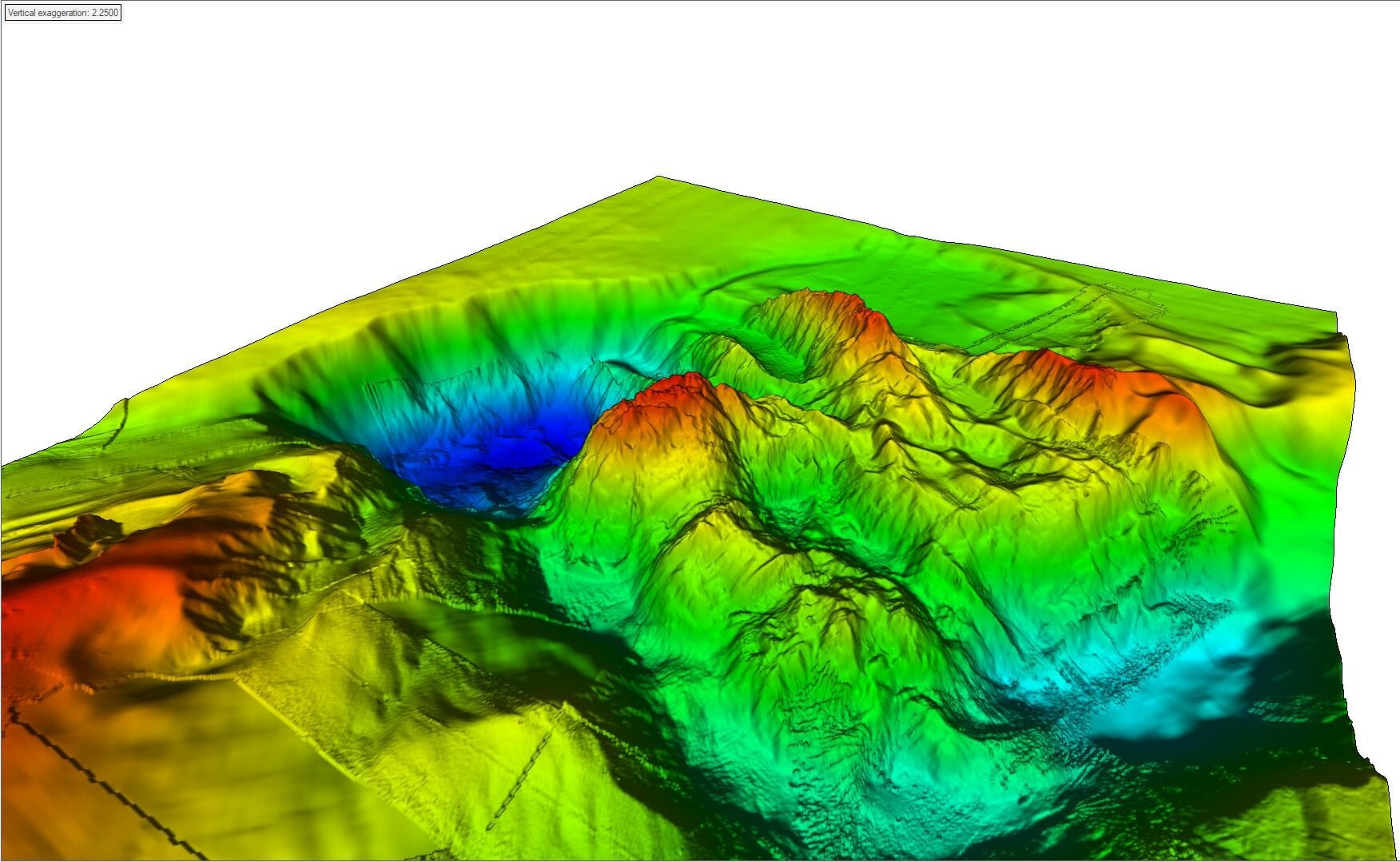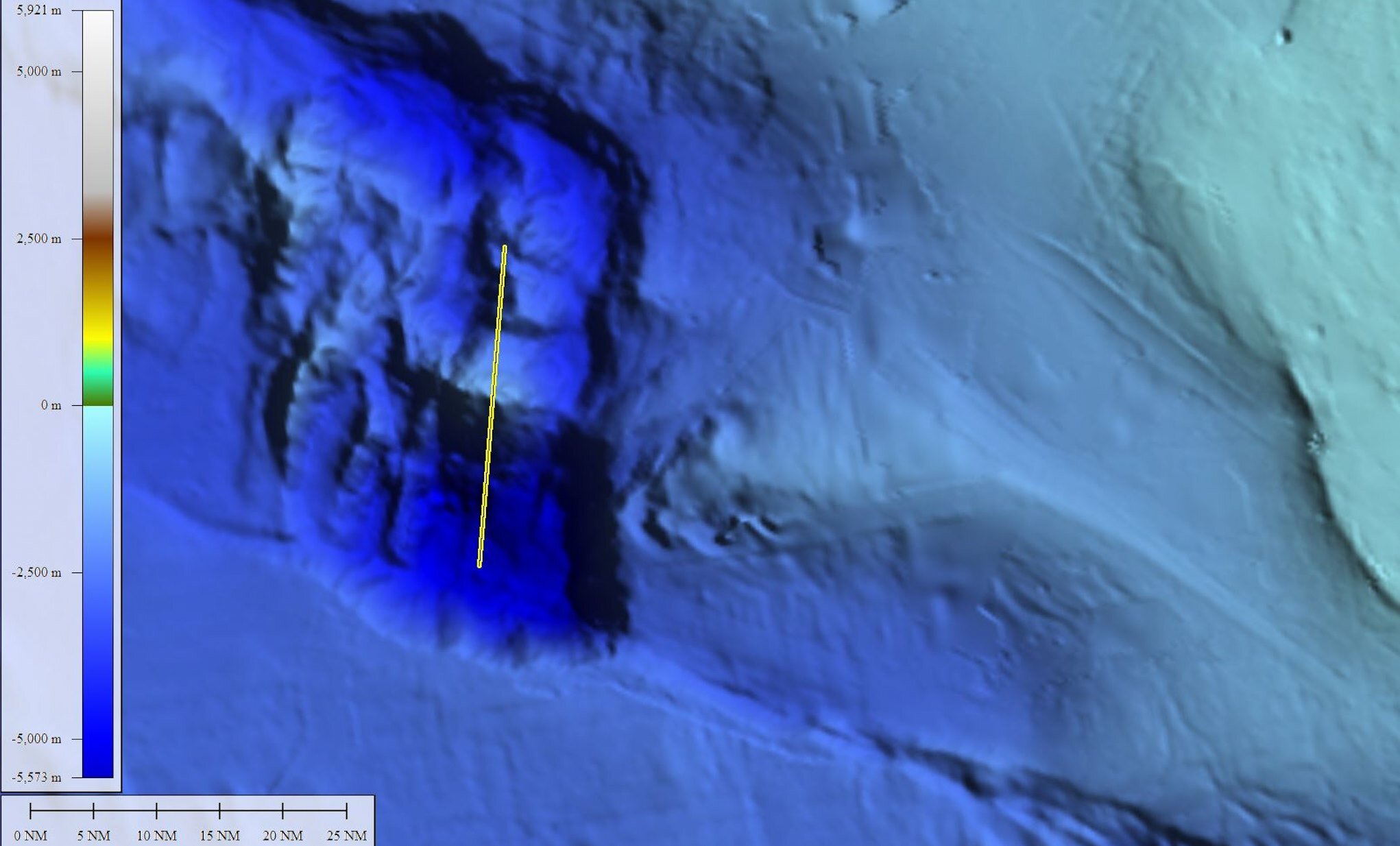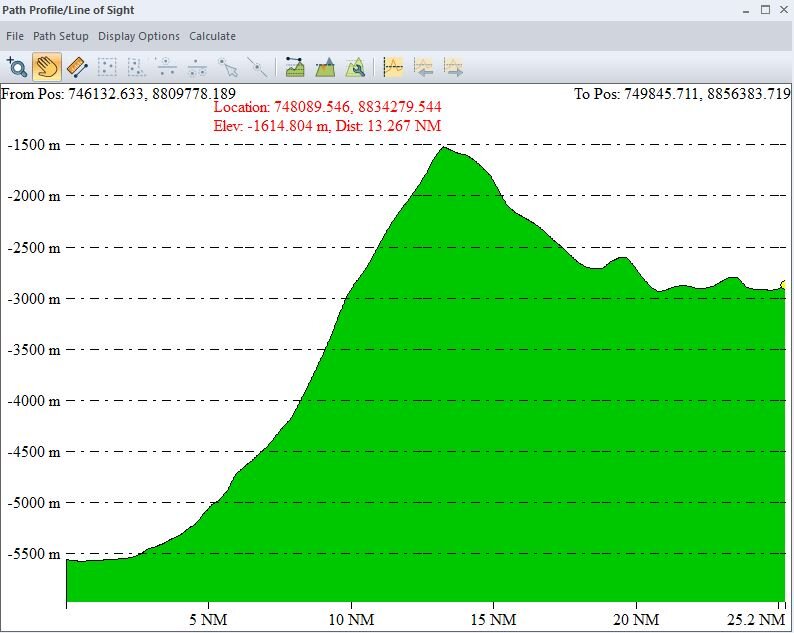A Science Expedition to the Aurora Vent Field in the Arctic
Both Aurora and I are in for a first experience on this expedition to the Atlantic Ocean’s deepest part. Aurora is an ROV (Remotely Operated Vehicle), and her mission is to dive and operate at a 4000-meter depth under permanent ice cover. This has not been done before.
For me, it’s my first trip on a research vessel and the first time this far north. The vessel will see more darkness than daylight.
My worries of being seasick or going mad in the highly remote Arctic region pale in comparison to the anticipation of the science team
The full name of Aurora is REV Ocean ROV Aurora. Meanwhile, she is just “Aurora” to me. My name is Cera McTavish, and I’m the Marketing and Business Developer at C4IR Ocean. C4IR Ocean’s role is small, but our sister organization REV Ocean plays a major role in this expedition.
Aurora and the 17 scientists onboard the R/V Kronprins Haakon are all on a hunt for data to better understand the ocean. Or more precisely, data from the Aurora Vent Field and how its fauna has evolved.
Meet the scientists onboard the HACON 2021 Cruise. Photo: REV Ocean
Many have been working on PhDs and projects for years, waiting for the data from this short trip. They need the data to test the hypothesis of their knowledge and understanding of the deep sea.
How the Aurora Vent Field was found
In 2014 the German PS86 cruise led by Prof Antje Boetius (AWI) onboard Polarstern discovered hydrothermal vents during their final minutes on location after five weeks. A hydrothermal vent is a fissure on the seafloor from which geothermally heated water discharges.
The discovery led to an assembly of more than 50 leading scientists, early-career scientists, and engineers to form the HACON Project funded by the Norwegian Research Council.
The hydrothermal vent field was named the Aurora Vent Field, and that is where we are heading with the multidisciplinary HACON 2021 Cruise. I am on board representing C4IR Ocean, the technology and sustainability foundation creating the world’s most important data sharing hub, using breakthrough technology for ocean impact.
I am neither a scientist nor an engineer. My job is to document the trip and my tools are pictures and words.
The HACON 2021 cruise is led by professor Stefan Bünz from the University of Tromso: Centre for Arctic Gas Hydrate, Environment and Climate and dr. Eva Ramirez-Llodra, from the Norwegian Institute for Water Research and REV Ocean. The team first visited the vents in 2019, using the AWI towed camera OFOBS to obtain many high-resolution videos of several vent chimneys.
Serious preparations
Preparing for the expedition in Svalbard, the risk of the trip sets in as a microbiologist asks for clarity: did the Sea Ice Safety instructor mean casually or casualty in the sentence on the slide: Evacuate casualty immediately?
Strangely enough, getting into the survival suits in 3 degrees arctic waters builds confidence that I could hang around the required rescue time.
You can see me on the left in the little video below.
With little reference, Lissette, a Post-doctoral Research fellow studying Deep-sea macroecology, informs me that having an ROV onboard is a once in a lifetime opportunity for many researchers at sea. This explains the group of scientists that showed up with cameras and phones for the ROV Naming Ceremony, where the massive 4500kg robot delicately picked up a glass Svalbard Prosecco bottle before swiftly slicing the cork into the air.
Will Aurora succeed?
The REV Ocean ROV has appropriately enough been named Aurora. With Aurora and corresponding TMS Borealis, a unique opportunity arises to test the ROV by literally throwing it into the deep end.
No ROV has been able to dive successfully to the vent field, at 4000 m depth under permanent ice cover.
The ROV is important because it allows for geological, geochemical, physical, and biological samples for the HACON researchers to understand the processes driving the vent systems. Did the Aurora vent fauna evolve in Arctic isolation? Or is it genetically connected to the Atlantic or Pacific Ocean fauna? It is C4IR Ocean’s ambition to collaborate with research vessels and expeditions to collect scientific data, such as data coming from the HAKON 2021 Cruise.
Aurora has two chances to learn to swim. The first at depths less than 300m at Isfjorden off the coast of Svalbard, Norway. And the first test was a success!
The second is a seamount at the Molløy Deep. Molløy Deep is the deepest part of the Arctic Ocean, last visited by The Five Deeps expedition 79 degrees North. And that is when it really matters – and becomes really tricky.
“Aurora will in the Molløy Deep be diving at 3500 and something meters”, Bünz debriefs the team the night before the test dive. The pressure increases one atmosphere for every 10 meters of water depth. An experienced diver appreciates 35m as a highlight in their diving career. Deep-Sea Scientists classify a hundred-meter scale as immaterial, at least until a discovery.
High expectations; will we succeed?
Our expectations for the trip are high. We will reach the Aurora Vent field; the sea ice and drift will cooperate enough to deploy REV Ocean’s Aurora ROV, which will collect the necessary samples for the 17 scientists on board.
So, we are all getting ready.









![_E5C0181[41].jpg](https://images.squarespace-cdn.com/content/v1/60d9cb21964164103233a604/1634028562568-NWB8INZJL72DPWCU5AB4/_E5C0181%5B41%5D.jpg)